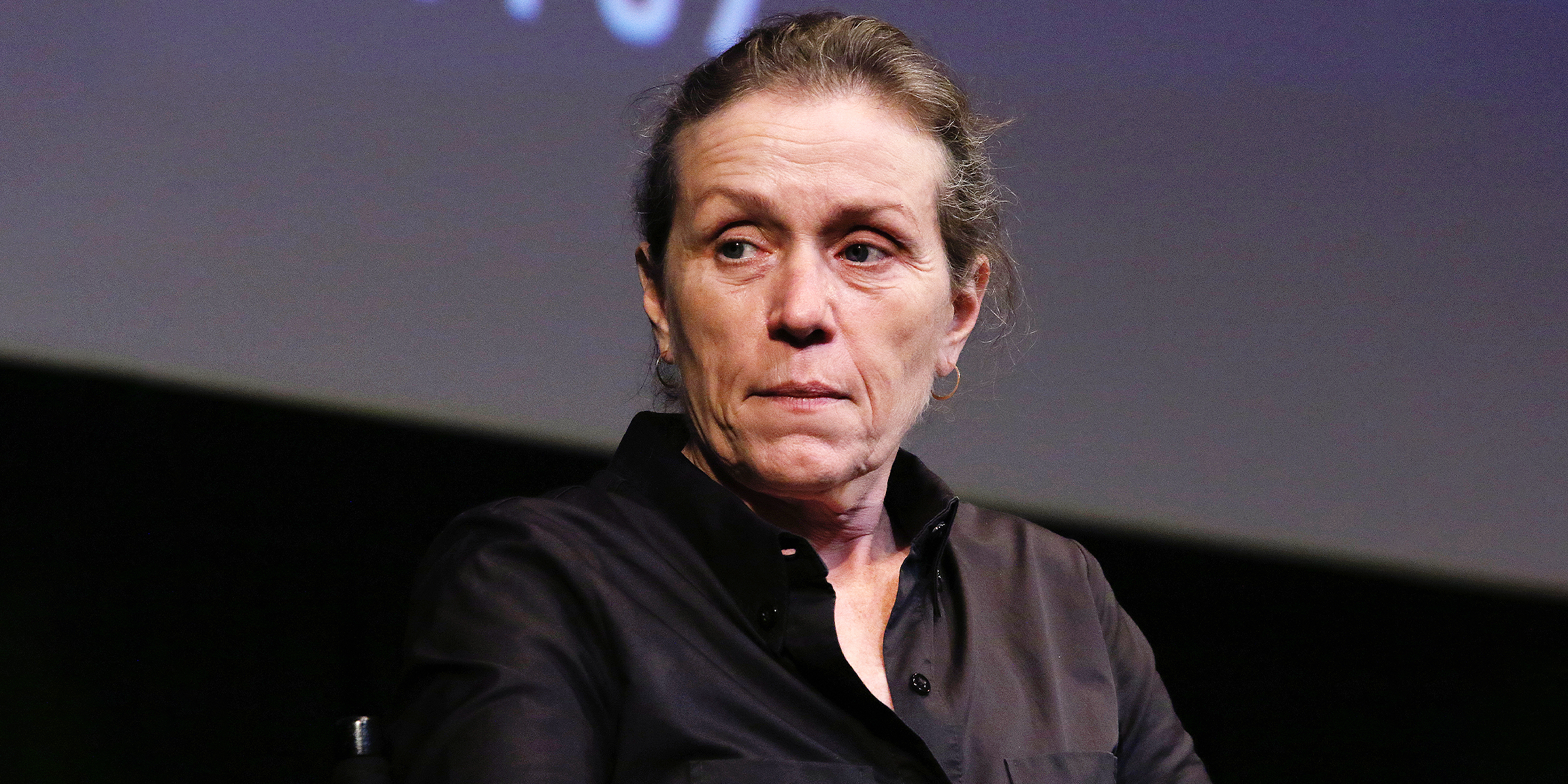
This Triple Crown Actress Was Called 'Not Pretty Enough' – Now Her Natural Aging Captivates
Before she became one of Hollywood's most celebrated stars — winning the highest honors in film, television, and theater — this actress nearly didn't make it, dismissed as not enough by casting directors.
You might know her as the fearless lead in some of Hollywood's most acclaimed films, or as one of the rare actors to earn the Triple Crown of Acting — winning an Oscar, an Emmy, and a Tony throughout her impressive career.
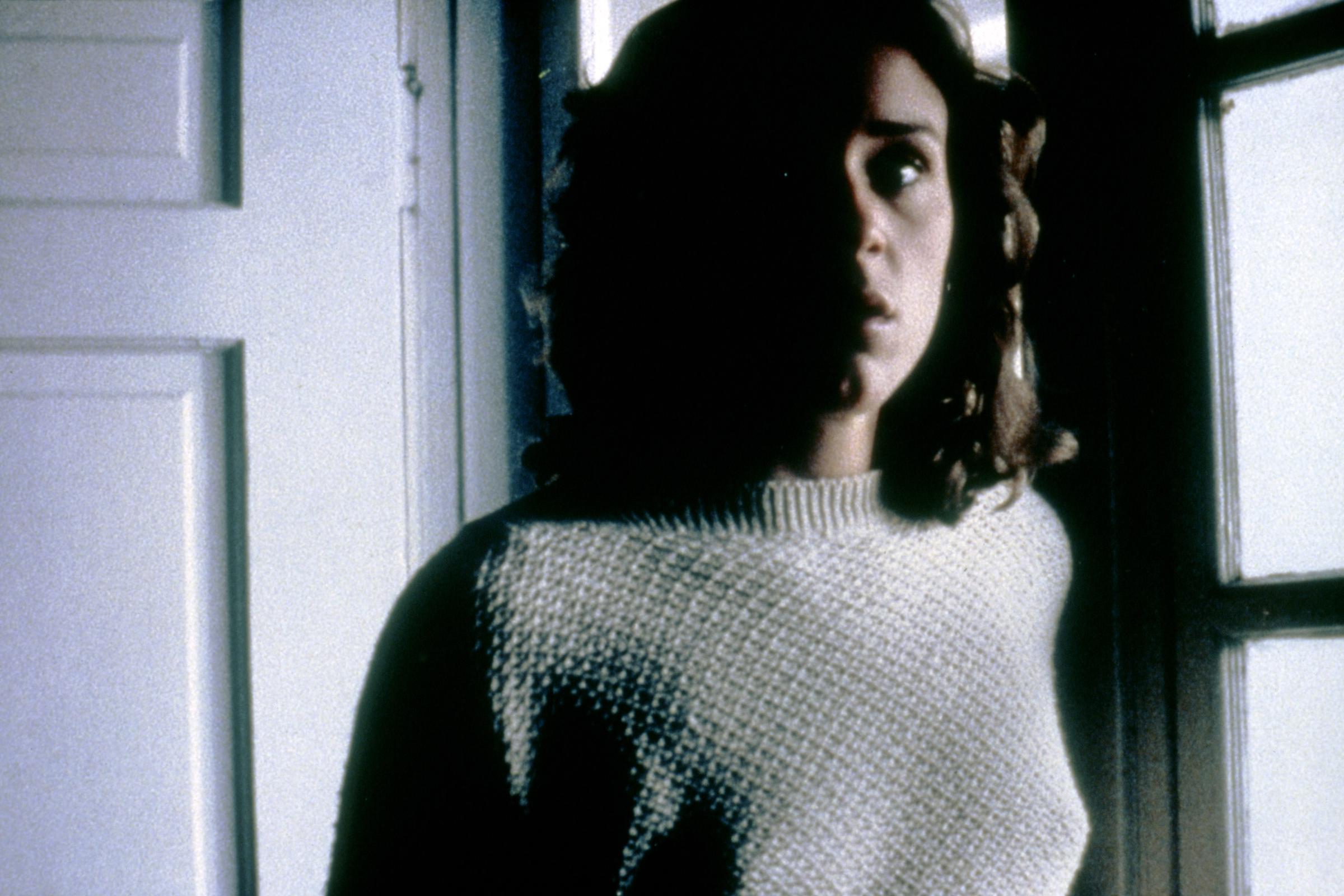
The Hollywood star filming "Blood Simple" in 1984. | Source: Getty Images
But what you might not know is that her greatest role may be the one she plays off-camera. From making a name for herself in a tough industry despite early criticism to becoming an award-winning star and a champion of natural aging, here's a look at how this famous actress made it on her own terms.
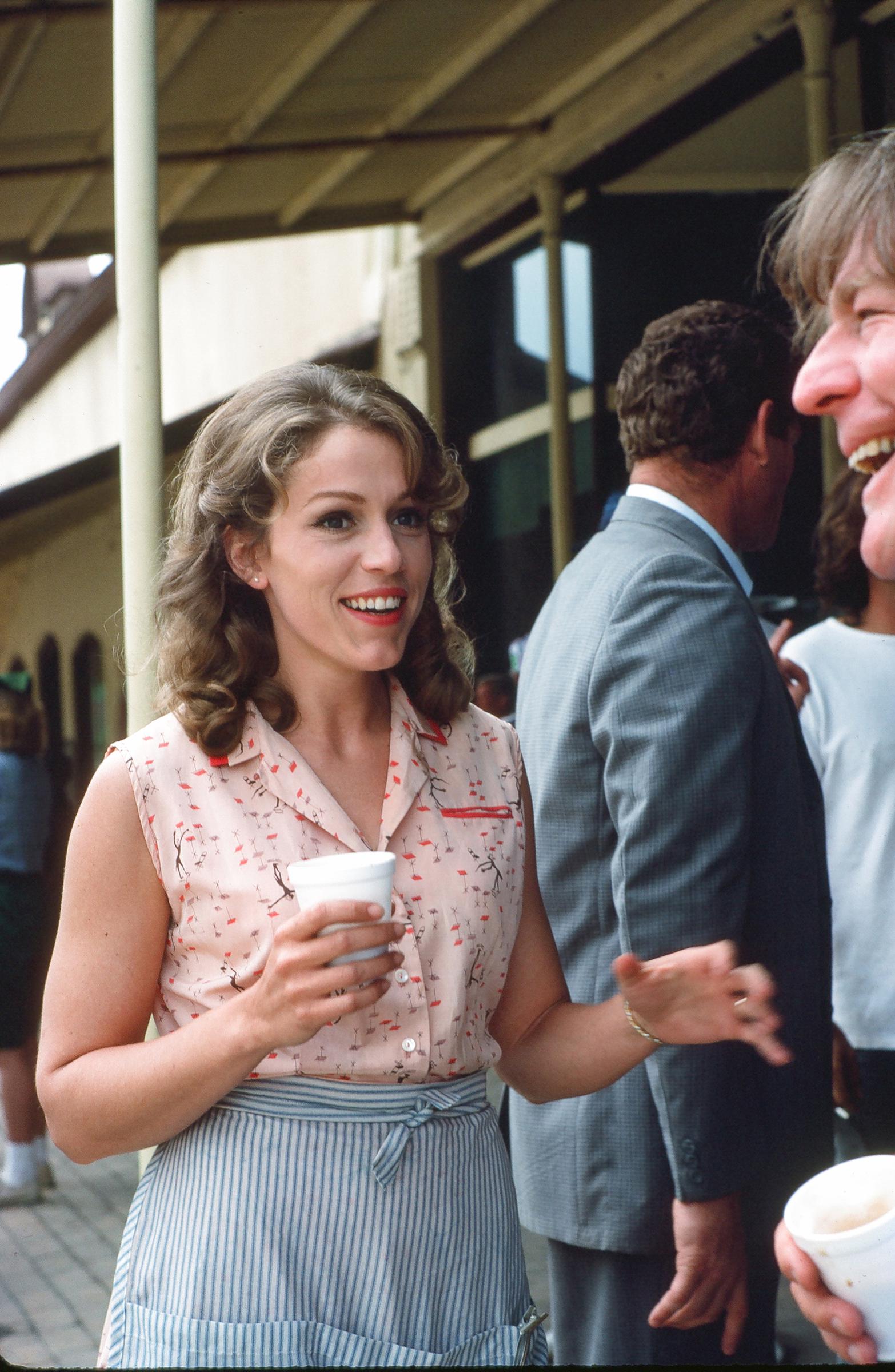
The actress on the set of "Mississippi Burning" in Braxton, Mississippi, on May 6, 1988. | Source: Getty Images
A Star Was Born
This actress began her career far from the glitz of Hollywood, earning her first major role in an independent neo-noir. At 24, newly graduated from Yale's M.F.A. program in acting, she was cast in "Blood Simple." It was her entry into professional film and the start of a lifelong partnership with director Joel Coen.
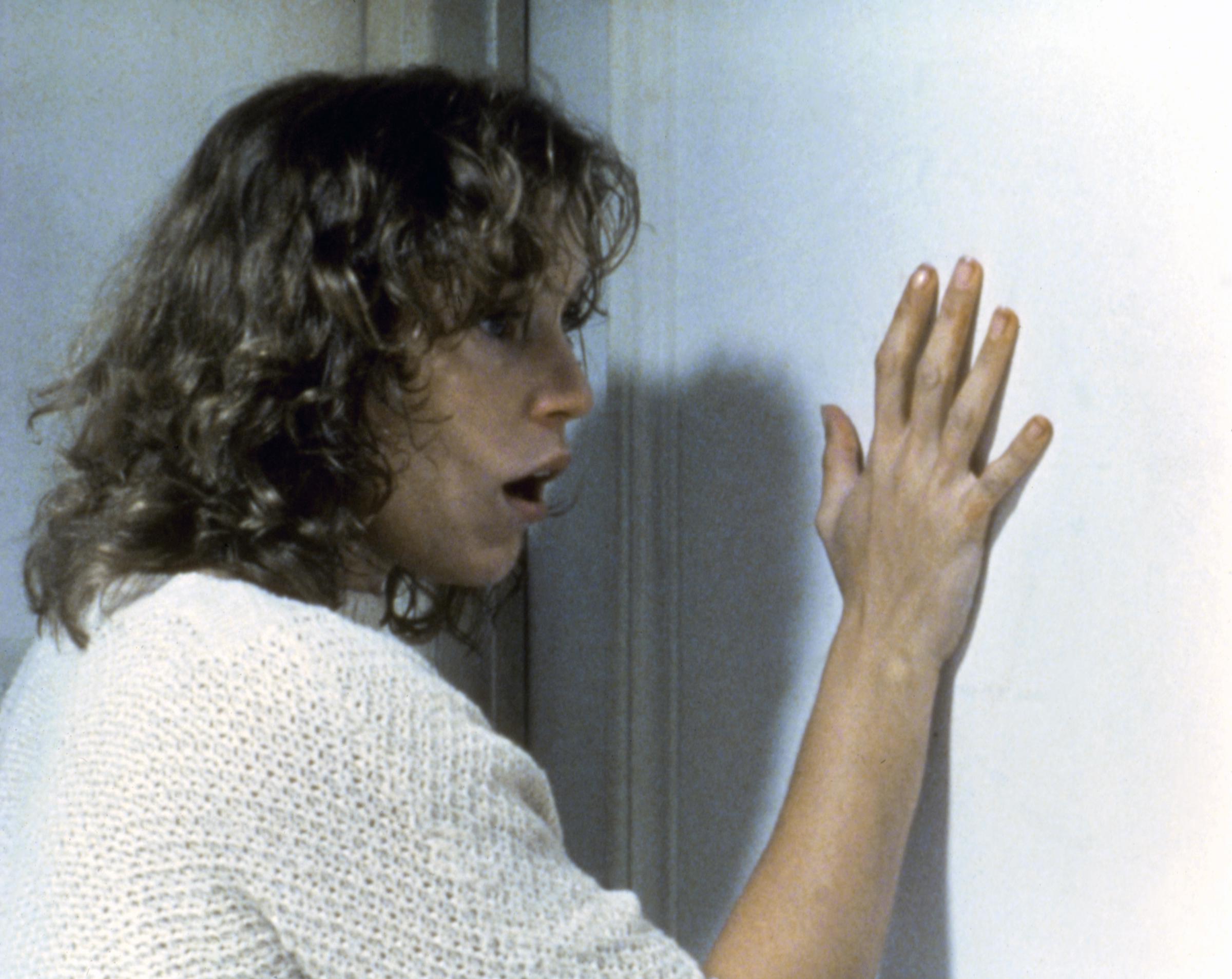
The famous actress filming "Blood Simple" in 1984. | Source: Getty Images
The project set the tone for the kind of work she would go on to be revered for — offbeat, emotionally layered, and unapologetically character-driven. A decade after her debut, the Hollywood star earned her first Academy Award for "Fargo."
That role didn't just make her a household name — it also cemented her status as an actress who could carry a film without relying on glamour or spectacle.
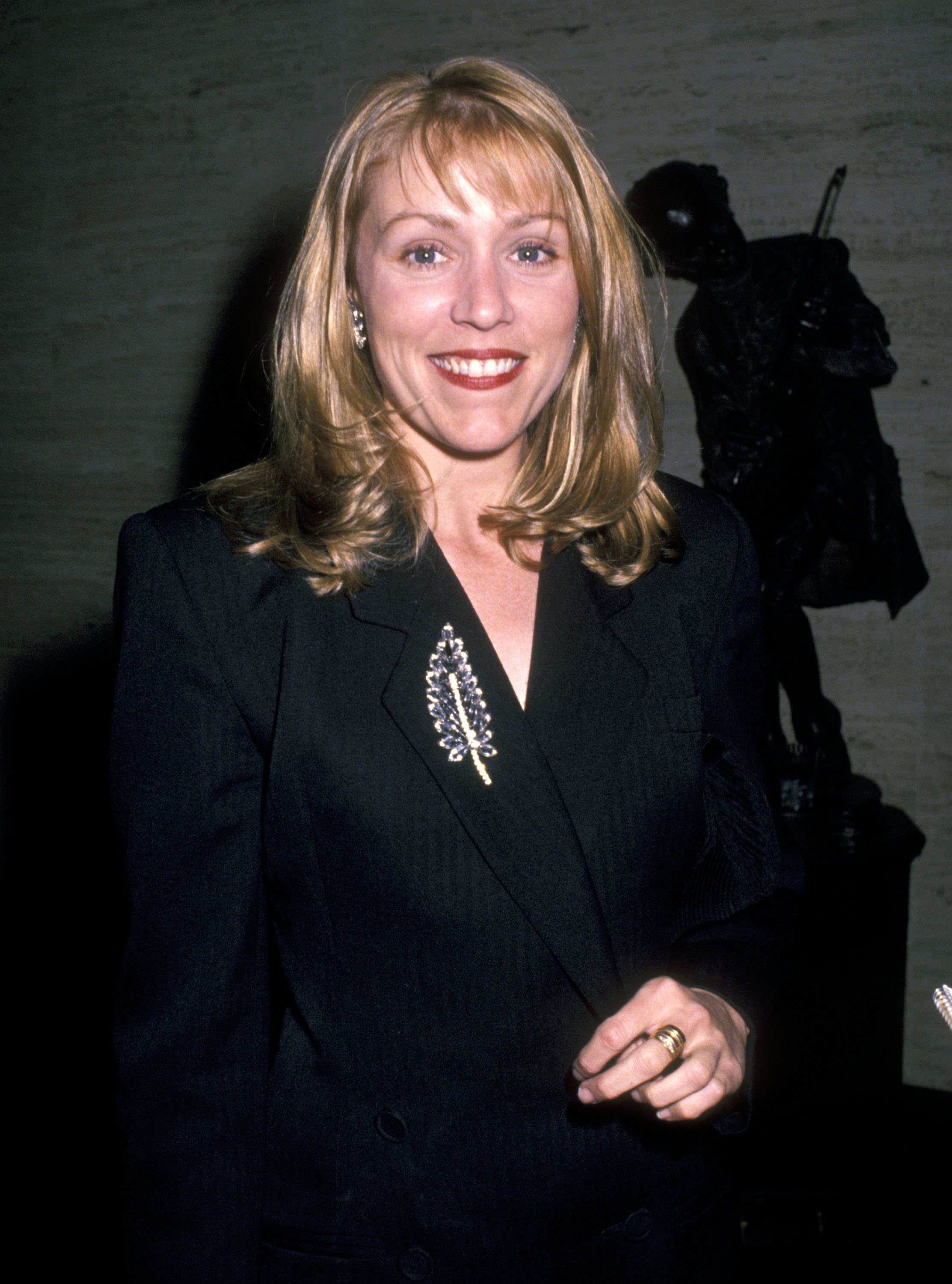
The famous actress at the D.W. Griffith Awards on February 27, 1989. | Source: Getty Images
Over the years, she continued to carve out a career on her own terms. In "Good People," her work on Broadway earned her a Tony Award for Best Actress in a Play. She later added an Emmy to her name for her haunting portrayal of Olive in HBO's "Olive Kitteridge."
With those three wins — Oscar, Tony, and Emmy — the actress joined the exclusive ranks of Triple Crown actors, a rare accomplishment achieved by fewer than thirty performers at the time of writing.
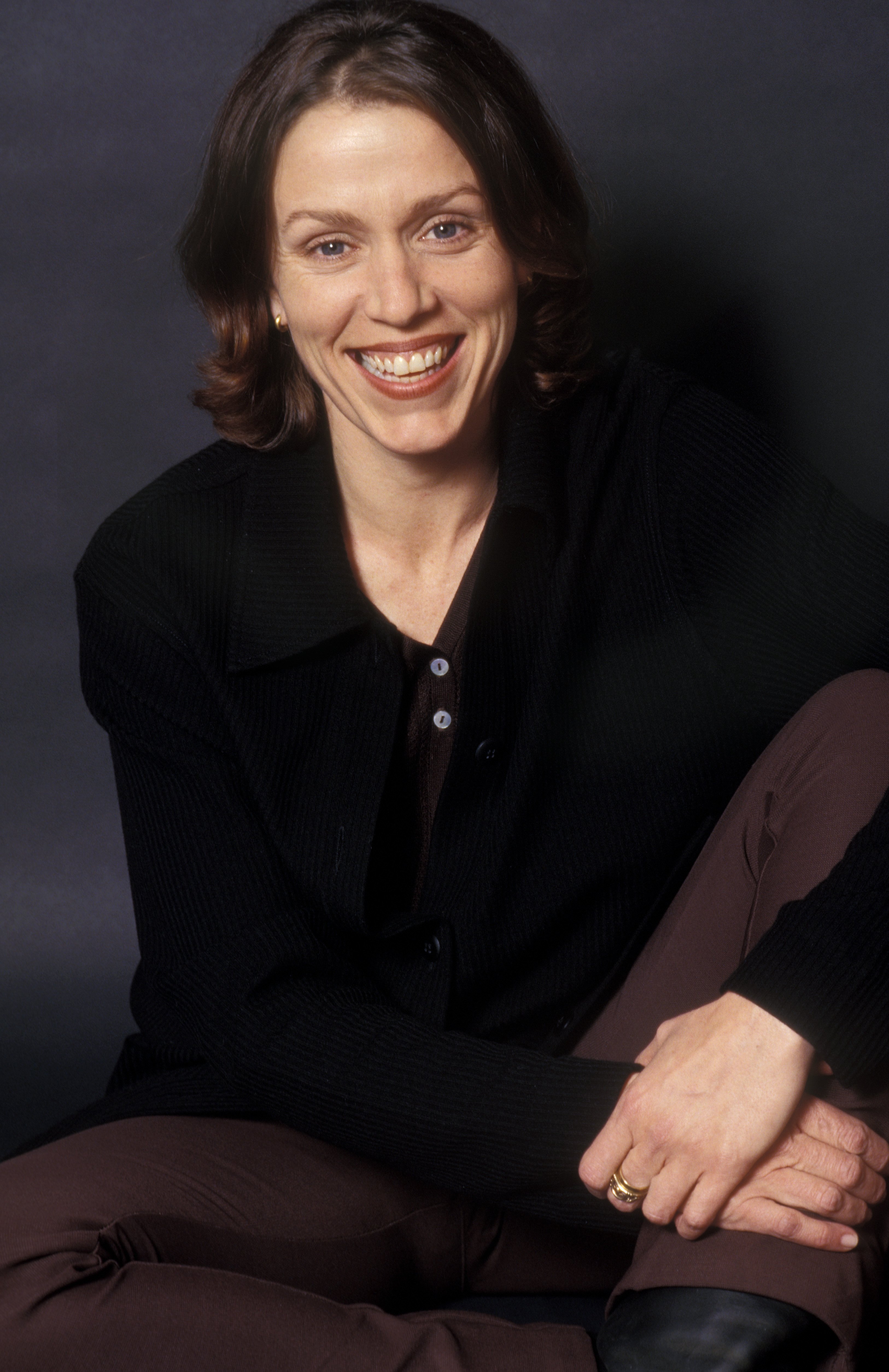
The famous actress posing for a portrait in 1994 in New York. | Source: Getty Images
In the background, she and Coen had moved in together not long after meeting, though they waited 10 years to marry. The actress shared:
"It was a revelation that I could have a lover who I could also work with and I wasn't intimidated by the person. [...] It was: 'Wow! Really! Oh, my God! I can actually love and live — not subvert anything, not apologize for anything, not hide anything.'"
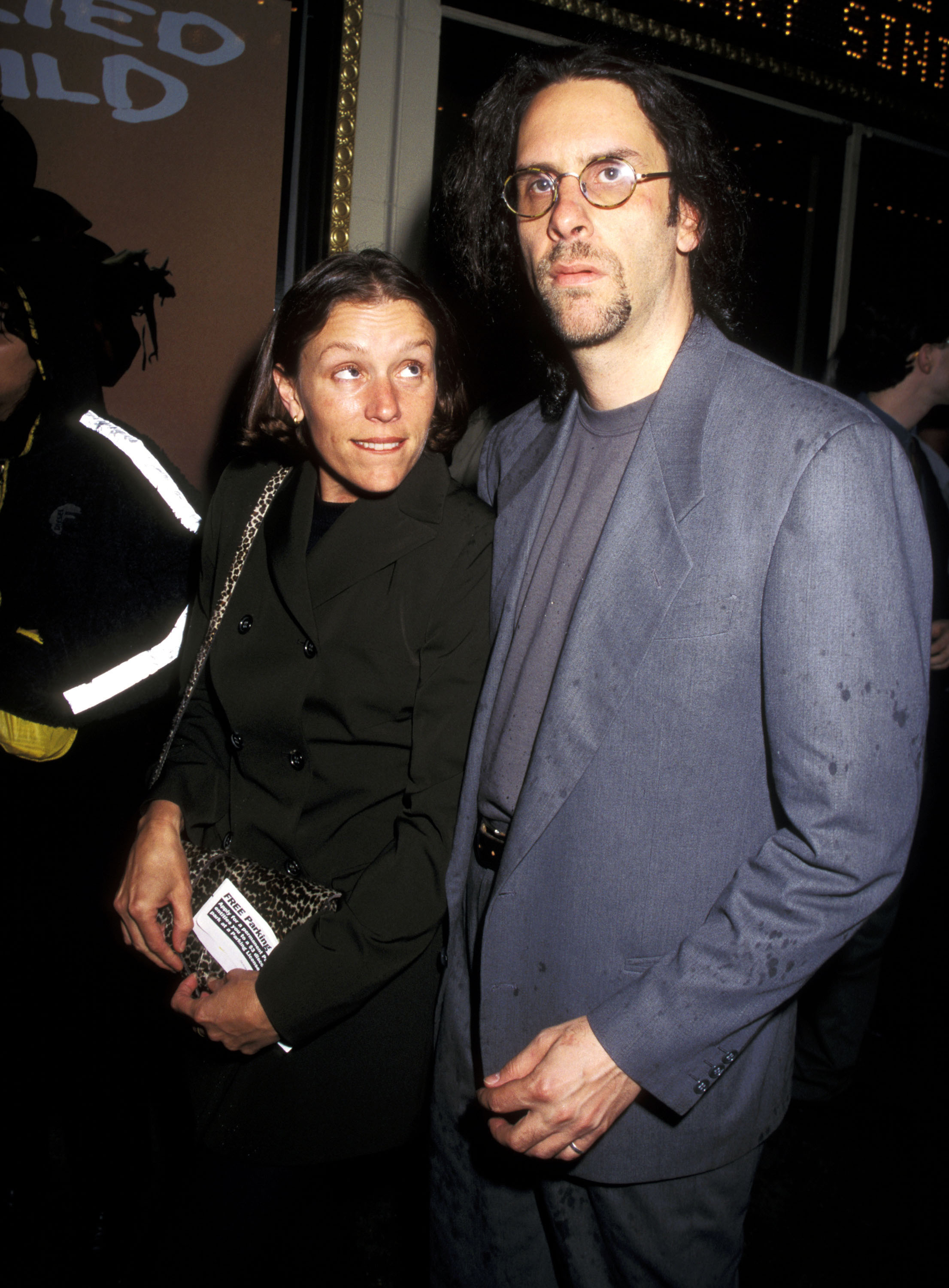
The Hollywood star and her husband, Joel Coen, at the Broadway opening night of "Buried Child" in 1996. | Source: Getty Images
The couple said "I do," and she wore a wedding band that had once belonged to his first wife, dismissing sentimentality with pragmatism. In 1995, the couple adopted a baby boy, Pedro, from Paraguay.
However, despite her prominence in films, the "Fargo" star's household never operated like a celebrity enclave. This preference for substance over spectacle extended into her work. The projects she chose were often steeped in tension, psychology, or quiet rebellion.
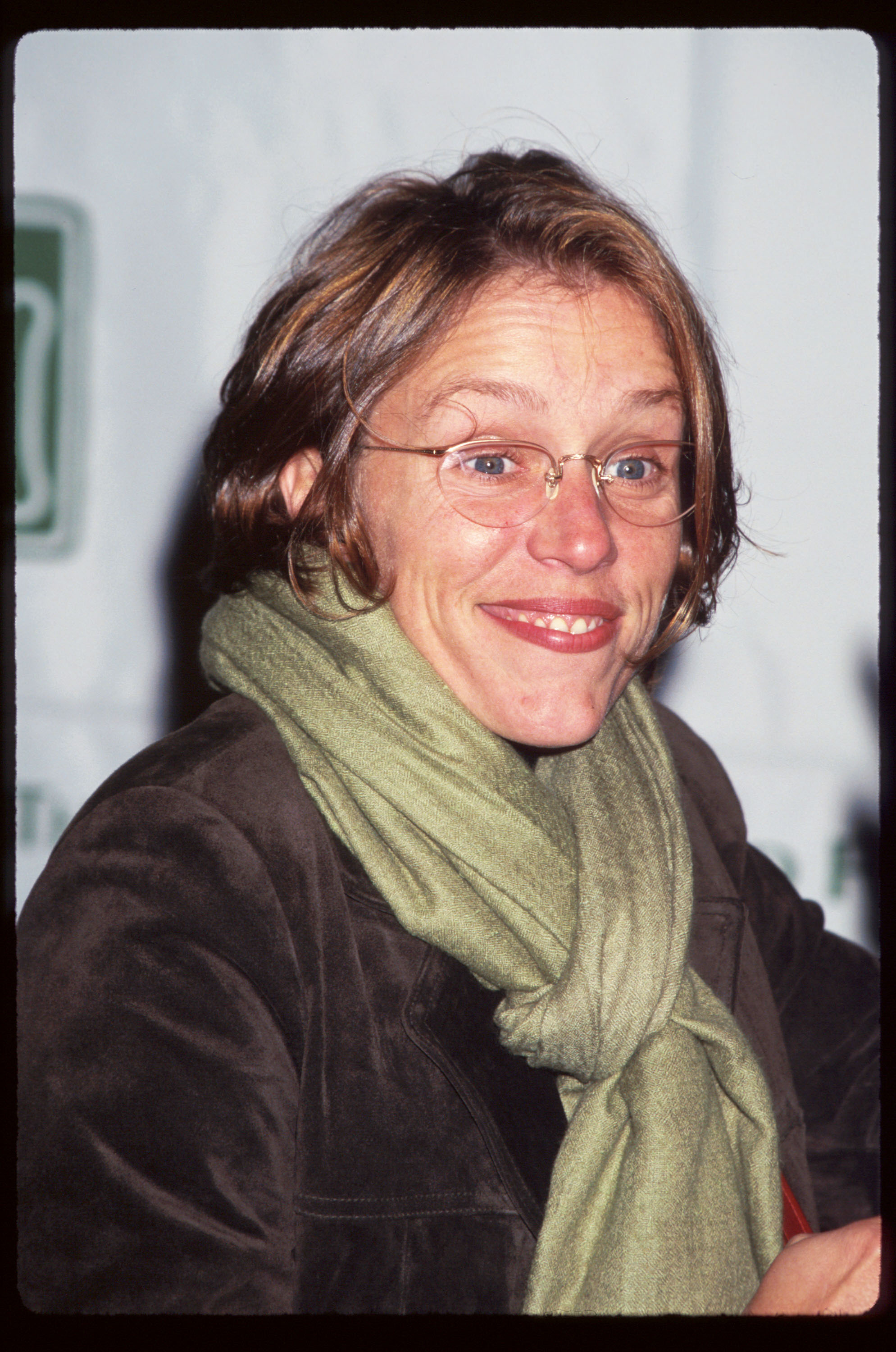
The actress at the premiere of "Michael Collins" on October 10, 1996, in New York. | Source: Getty Images
In "Three Billboards Outside Ebbing, Missouri," she delivered a visceral performance as a grieving mother, earning her second Oscar. However, she almost didn't take the role. Though the actress admired the script and found the character compelling, she initially declined.
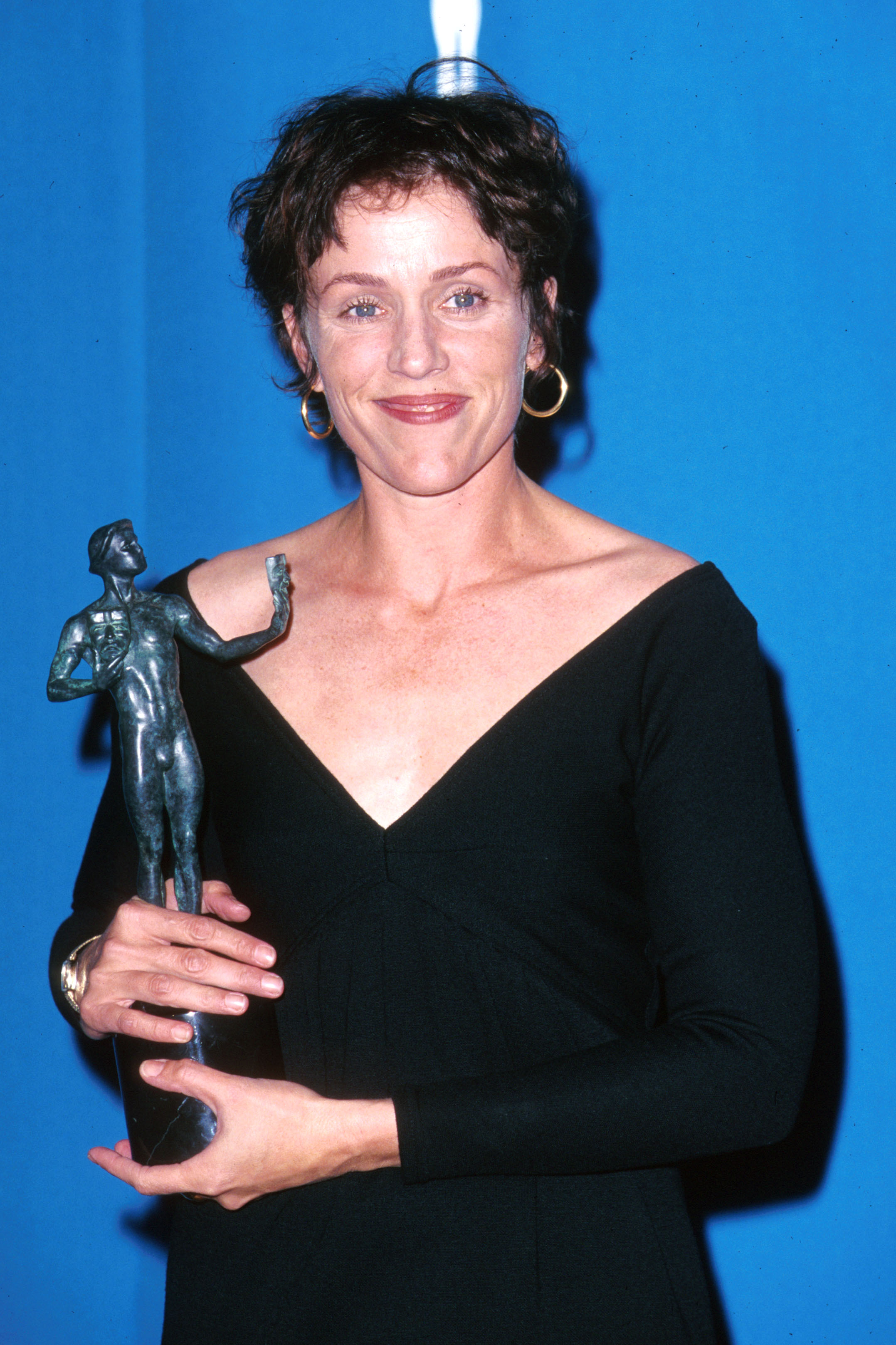
The talented actress during the 3rd Annual Screen Actors Guild Awards at Shrine Exposition Center in Los Angeles, California, in 1997. | Source: Getty Images
The actress believed that she was too old to play the mother of a teenage daughter. At 58, she worried the timeline wouldn't ring true for the character's background. However, after much back-and-forth, it was Coen who convinced her to take the part.
Casting agents dismissed her with familiar refrains.
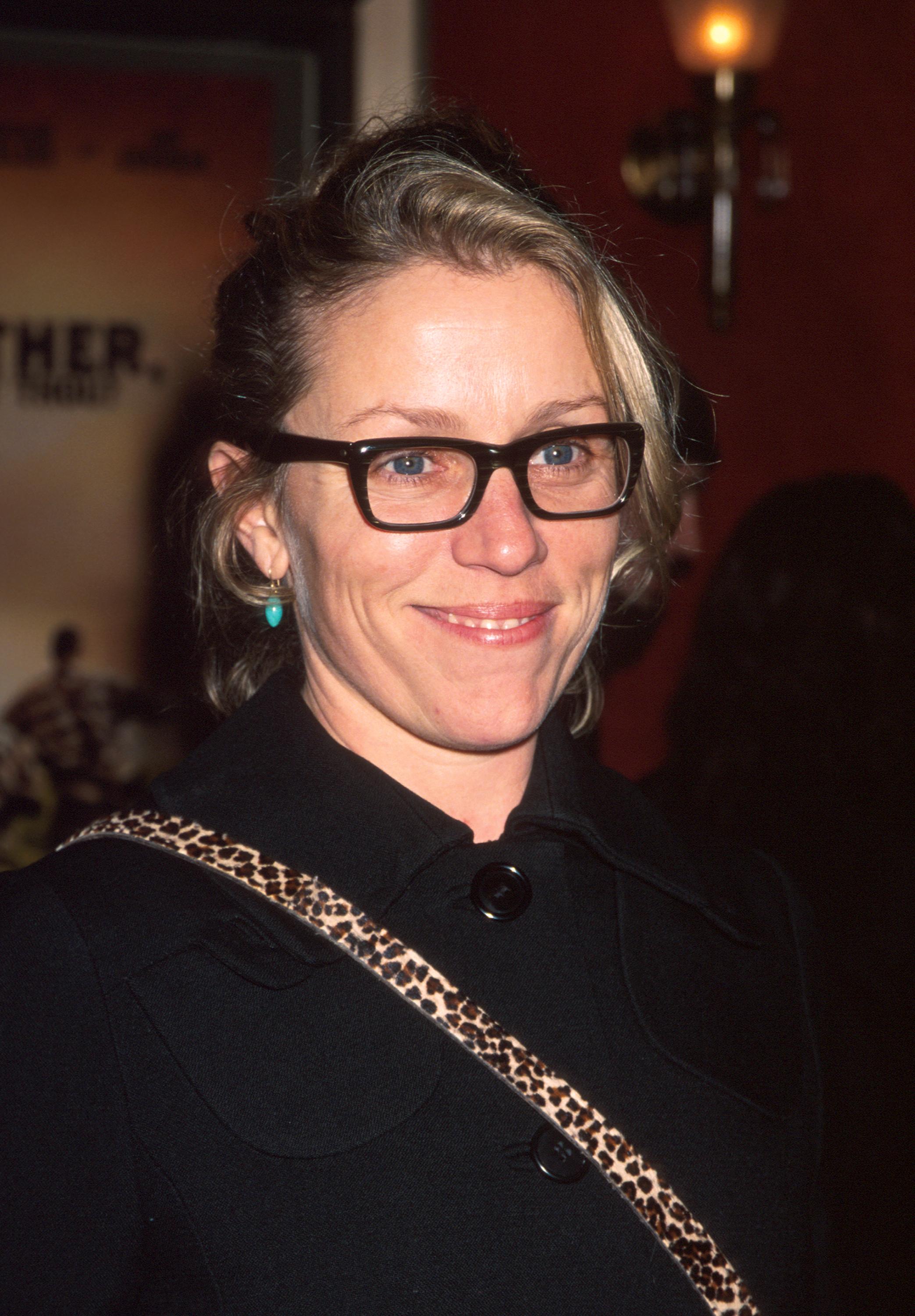
The Hollywood star at the premiere of "O Brother, Where Art Thou?" at the Ziegfeld Theatre on December 19, 2000, in New York. | Source: Getty Images
Later, in "Nomadland," this Hollywood star portrayed a woman navigating grief and economic uncertainty with understated resolve, resulting in her third Academy Award win.
A few years prior, the actress began speaking more publicly. After nearly a decade away from the press, she returned — not to reclaim attention, but because she felt compelled to be the representation of an older, more powerful actress at the pinnacle of Hollywood.
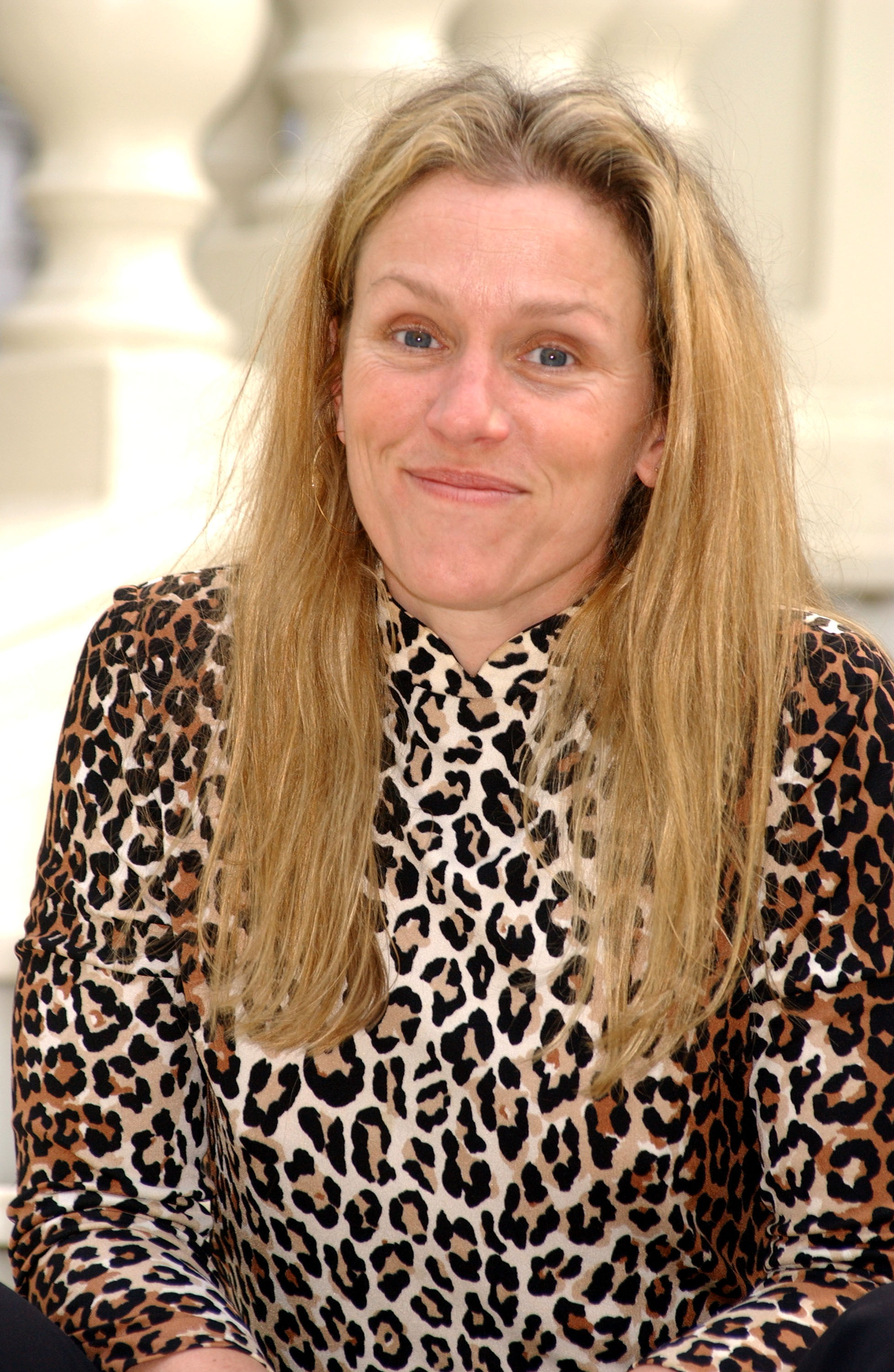
The American actress at the Hotel Ritz for the Spanish premiere of "The Man Who Wasn't There" on April 10, 2002, in Madrid, Spain. | Source: Getty Images
Too Old, Too Plain, Too Real – And That's Exactly the Point
This actress is none other than Frances McDormand, who, long before she became one of the most respected actors of her generation, was repeatedly told she didn't fit the mold.
Casting agents dismissed her with familiar refrains. She recalled, "I was often told that I wasn't a thing. 'She's not pretty enough, she's not tall enough, she's not thin enough, she's not fat enough.'"
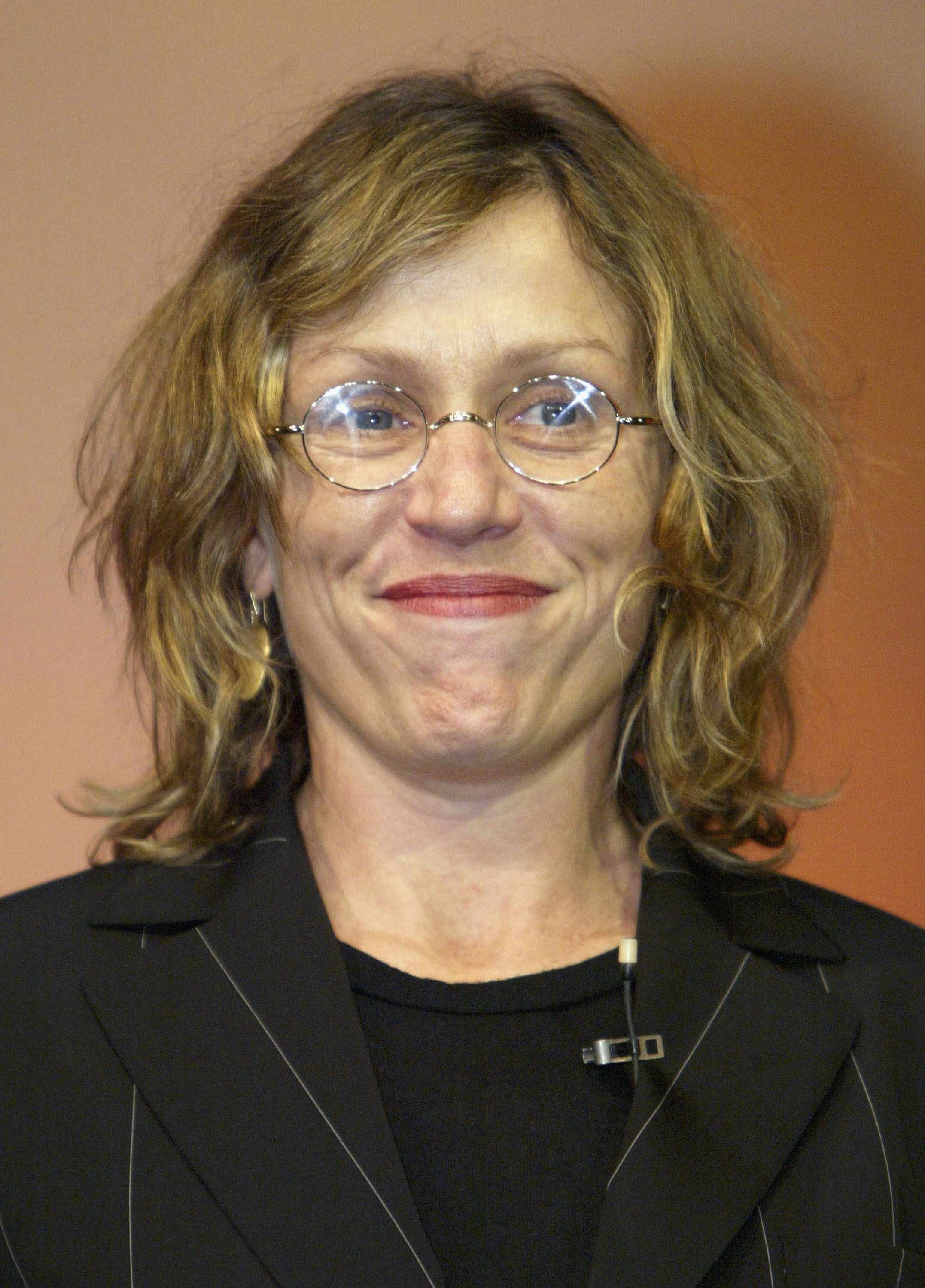
Frances McDormand during the 54th annual Berlinale International Film Festival on February 14, 2004, in Berlin, Germany. | Source: Getty Images
"I thought, 'O.K., someday you're going to be looking for someone not, not, not, not, and there I'll be,'" she added. Thus, the award-winning actress learned early not to tie her self-worth to beauty or image.
She has since spoken openly about disliking the monitor on set, preferring not to see herself during filming. Furthermore, McDormand admitted to not owning a full-length mirror and never made vanity part of her public identity, even as her fame grew.
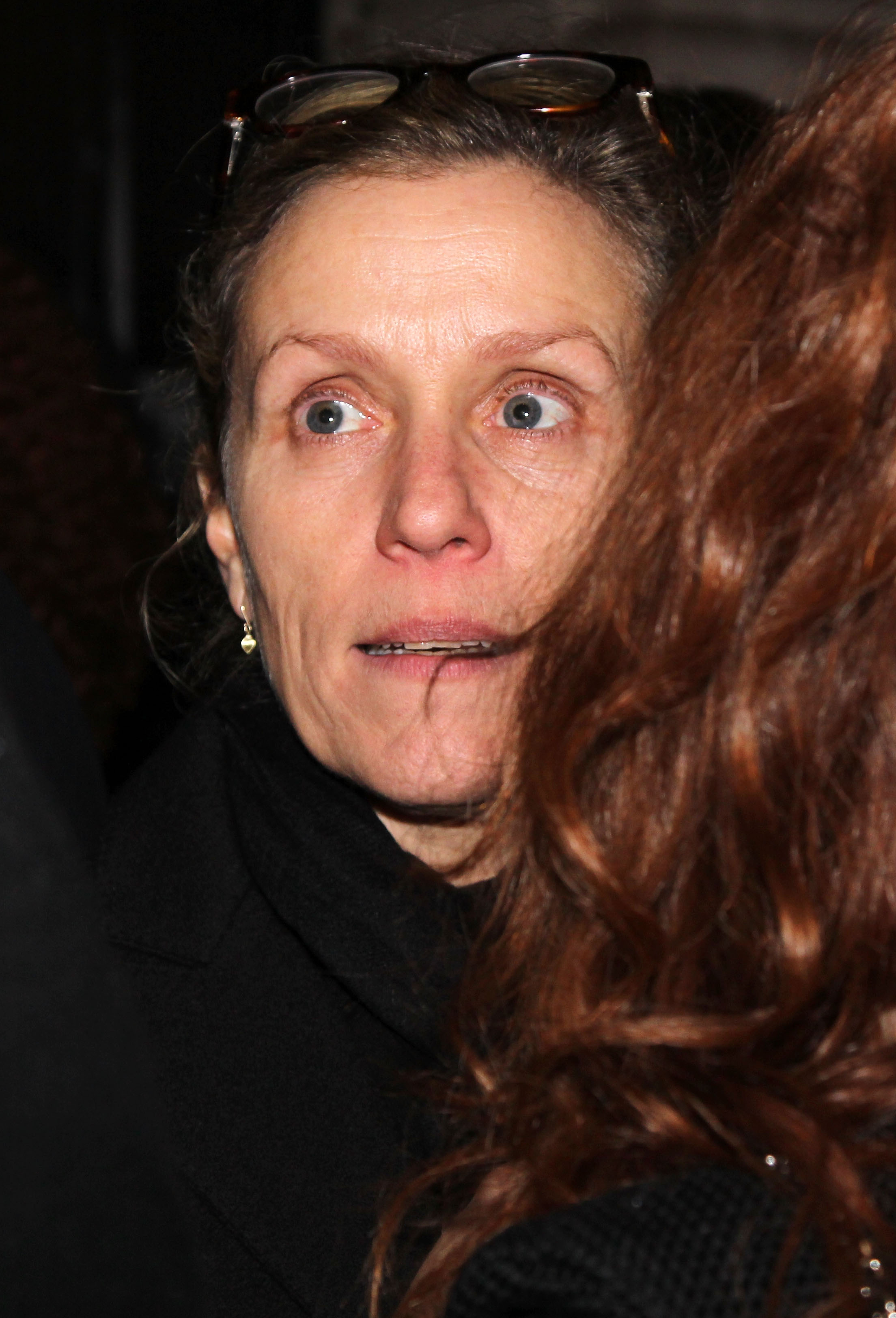
Frances McDormand at the Broadway opening night of "Death of a Salesman" at the Barrymore Theatre on March 15, 2012, in New York. | Source: Getty Images
While she wanted access to serious work, she had no interest in presenting herself as a product. The Hollywood star said:
"I feel like I need to represent publicly what I've chosen to represent privately. Which is a woman who is proud and more powerful than I was when I was younger. And I think that I carry that pride and power on my face and in my body."
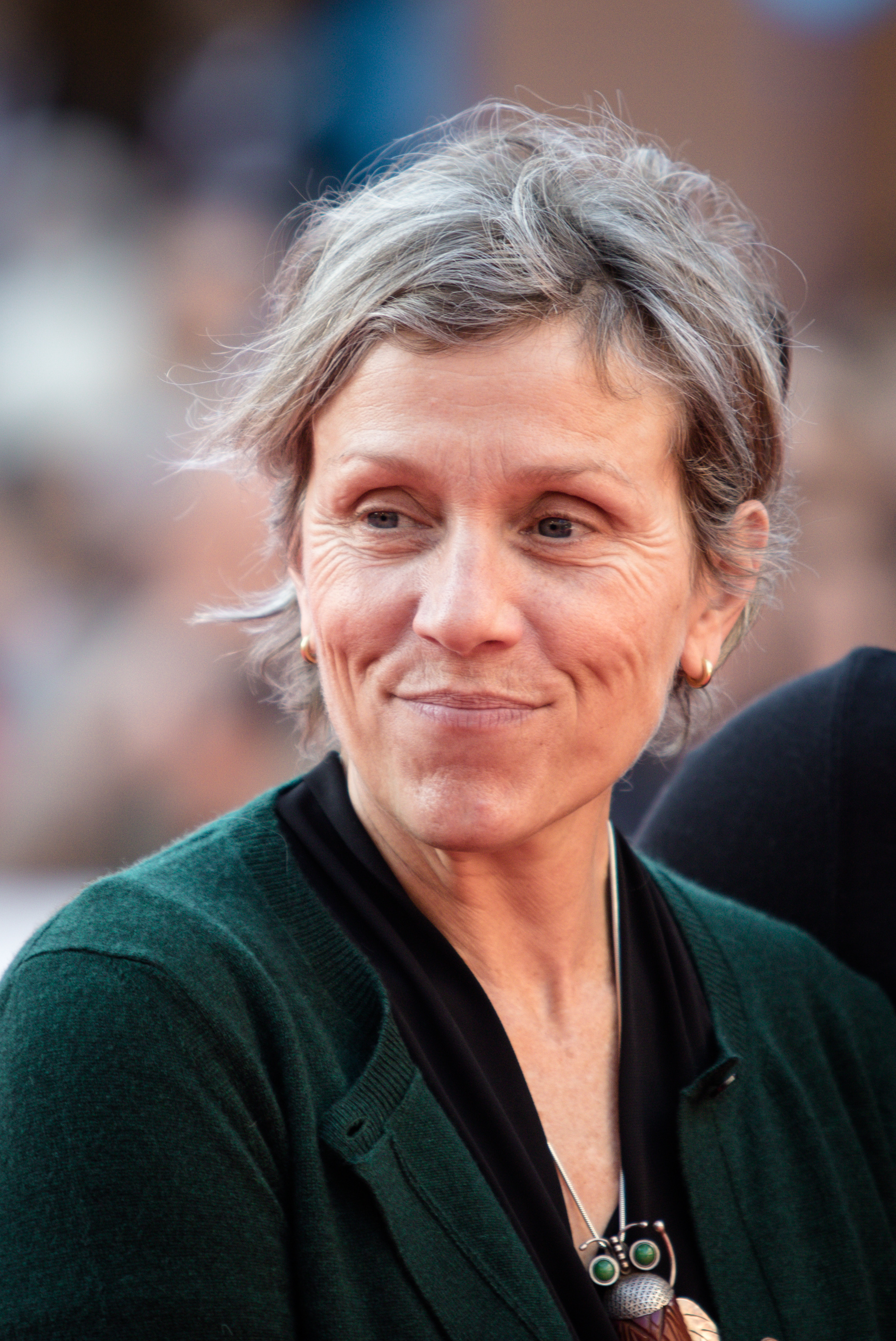
Frances McDormand during the opening of the tenth edition of the Rome Film Festival on October 16, 2015. | Source: Getty Images
That pride wasn't just about aging — it was also about resisting the need to hide it. For McDormand, aging naturally became a quiet rebellion against an industry built on illusion.
Thus, she rejected cosmetic work, revealing, "I have not mutated myself in any way. Joel and I have this conversation a lot. He literally has to stop me physically from saying something to people, to friends who've had work. I'm so full of fear and rage about what they've done."
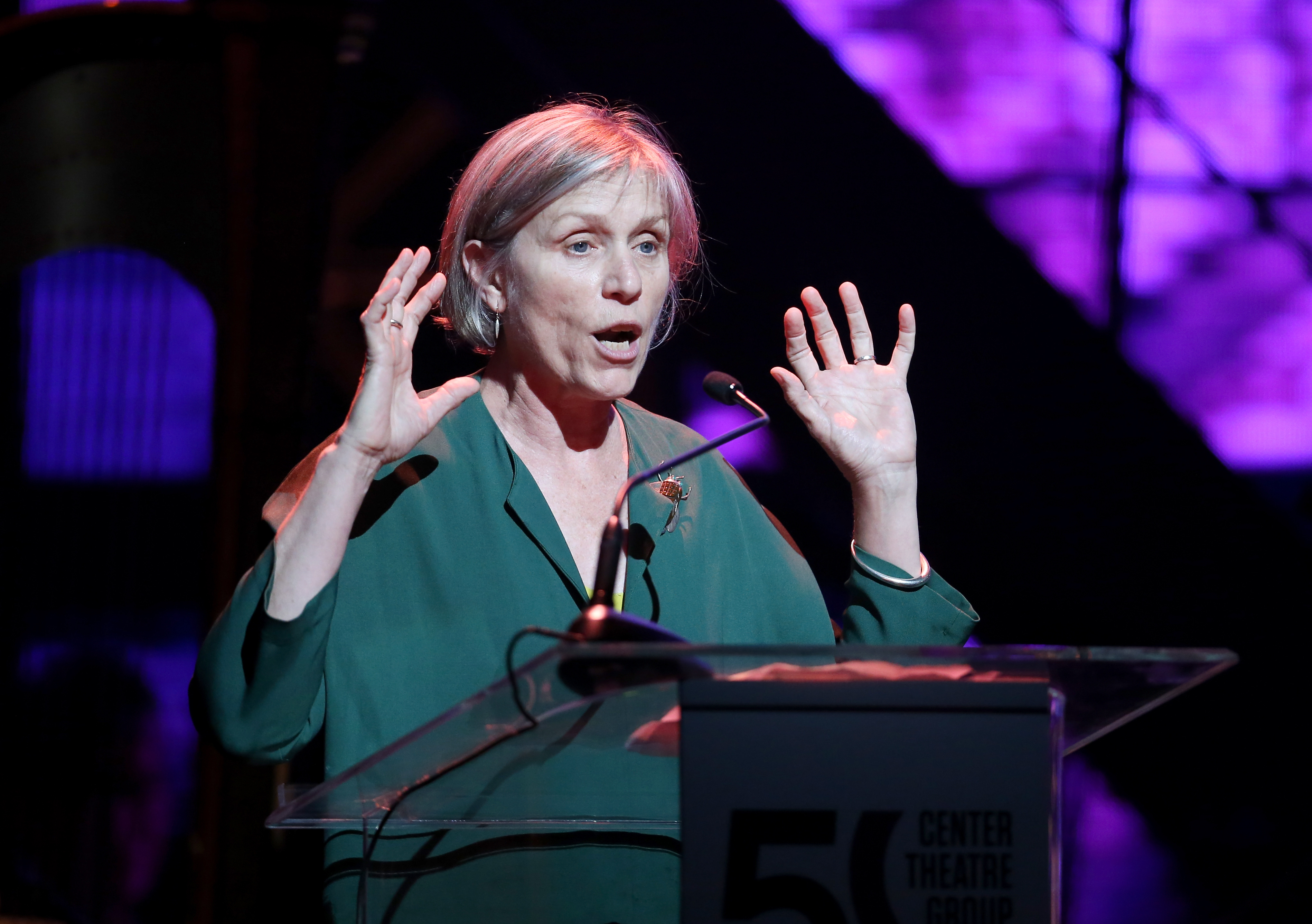
Frances McDormand during the Center Theatre Group's 50th Anniversary Celebration at Ahmanson Theatre on May 20, 2017, in Los Angeles, California. | Source: Getty Images
However, the "Fargo" star did not see these choices as individual flaws, but as symptoms of a deeper issue. "I think that ageism is a cultural illness; it's not a personal illness," she said.
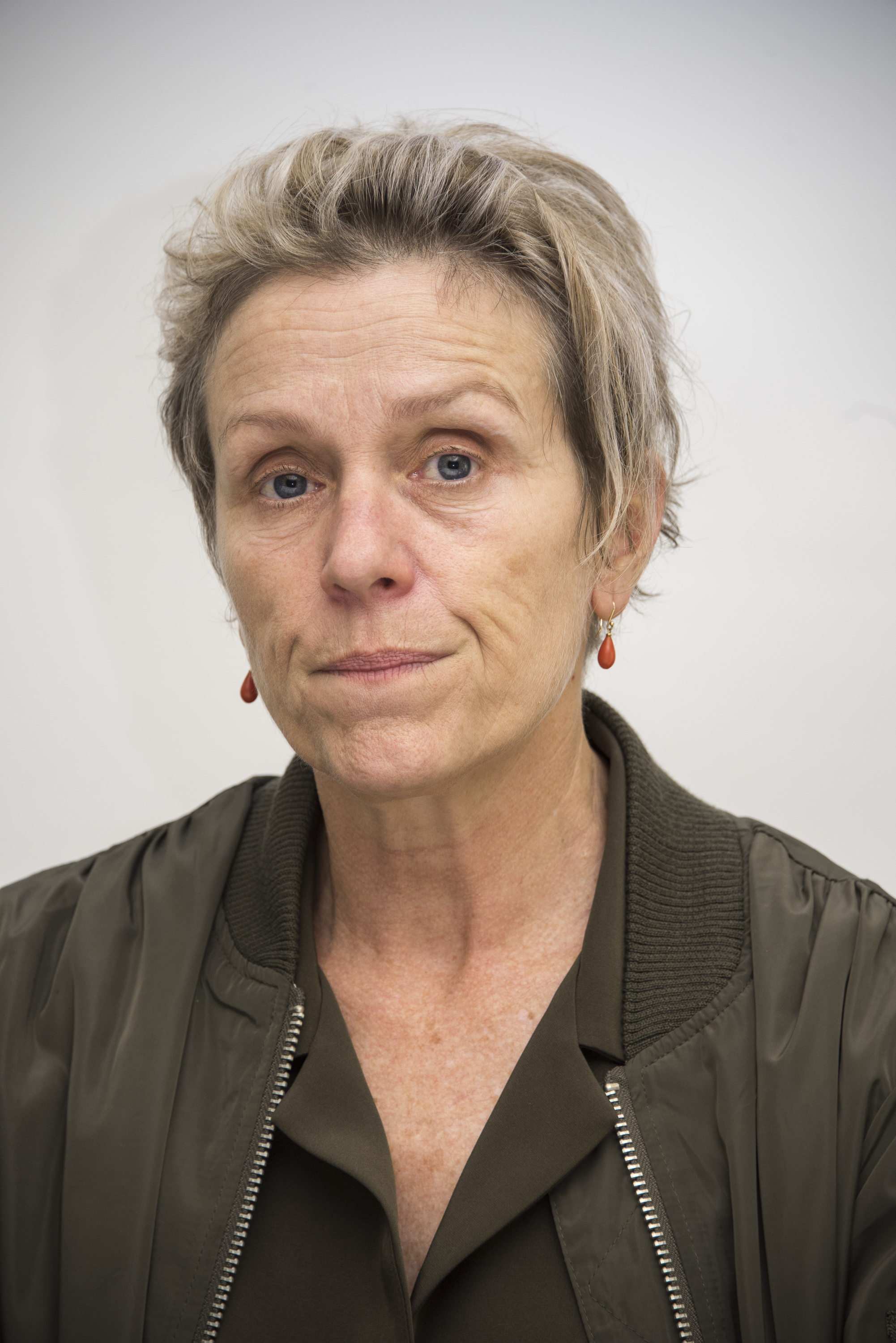
Frances McDormand at the "Three Billboards Outside Ebbing, Missouri" press conference at the Four Seasons Hotel on November 14, 2017, in Beverly Hills, California. | Source: Getty Images
McDormand believed that culture at large has developed a resistance to aging. "No one is supposed to age past 45 — sartorially, cosmetically, attitudinally," she stated. "Everybody dresses like a teenager. Everybody dyes their hair. Everybody is concerned about a smooth face."
McDormand's appearance, shaped by that belief, has since drawn both admiration and criticism online.
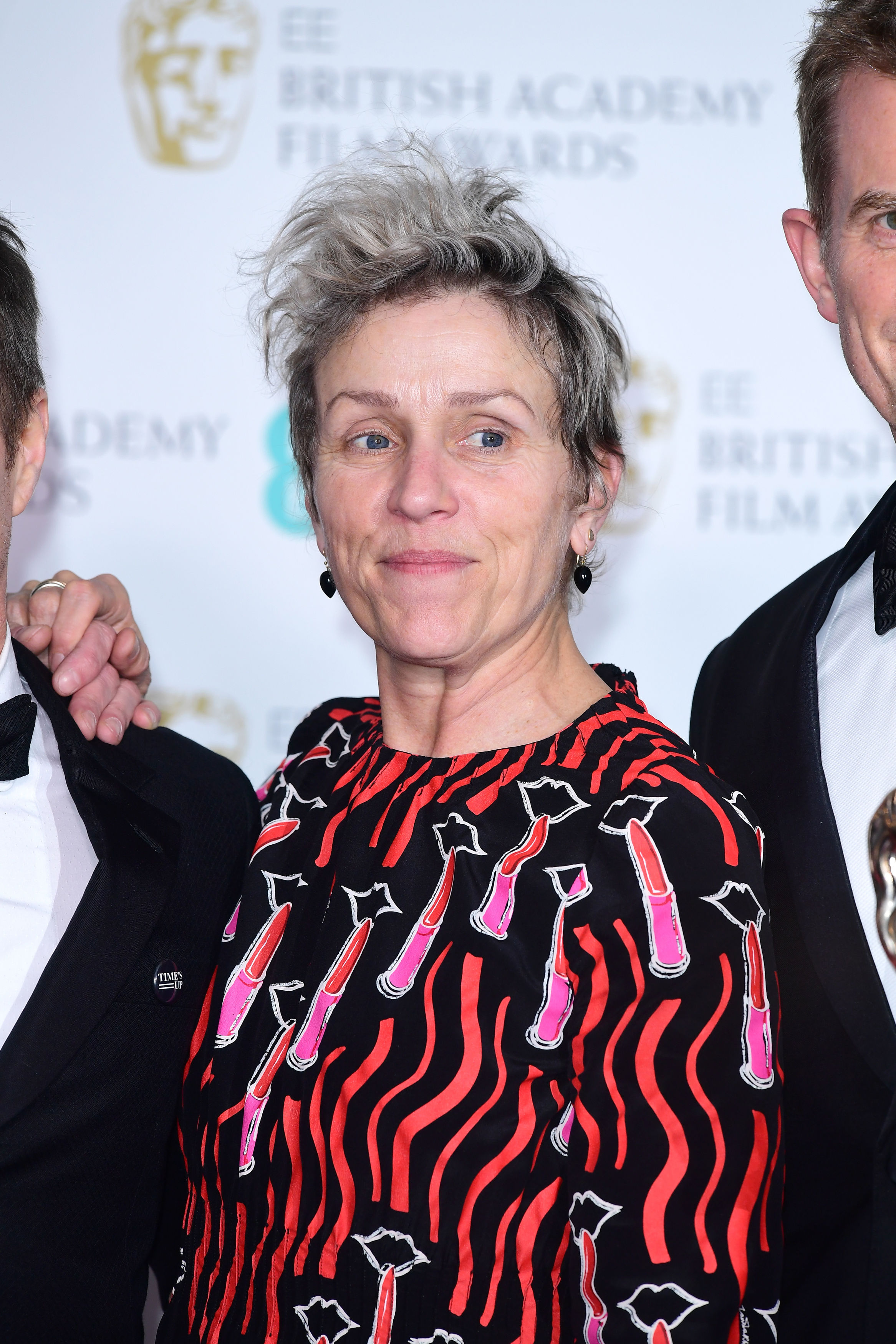
Frances McDormand in the press room at the EE British Academy Film Awards in 2018 in London, England. | Source: Getty Images
In contrast, she left her hair natural and did not attempt to disguise the lines on her face. She saw those signs of age as proof of a life fully lived. Looking older, she believed, should be a point of pride — a reflection of the experiences lived and the lessons learned.
For the actress, it should signal that beneath the white hair is someone carrying a lifetime's worth of knowledge. However, McDormand also made it clear that she did not want to be praised for avoiding cosmetic enhancement.
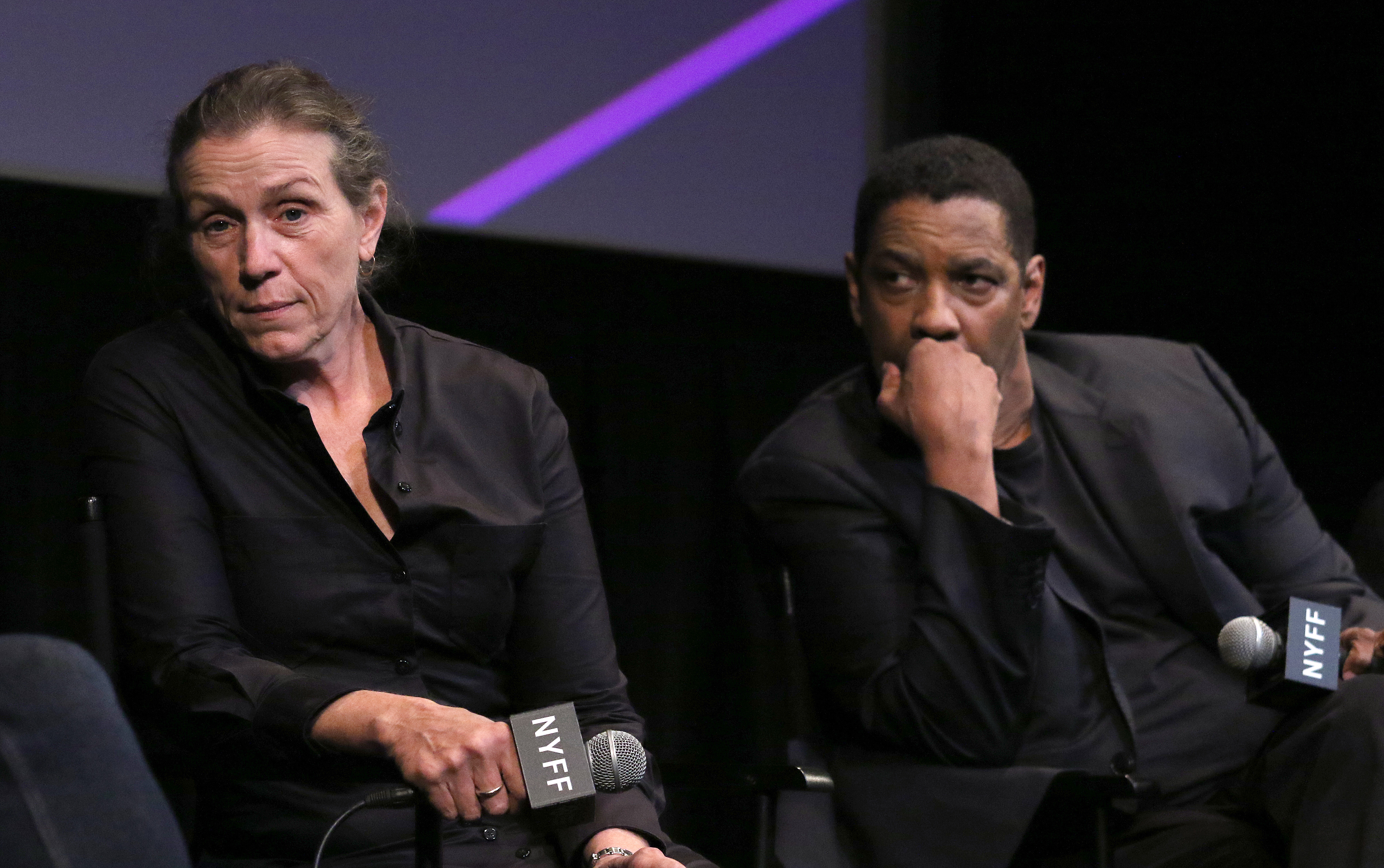
Frances McDormand at a press conference for the 59th New York Film Festival opening night screening of "The Tragedy of Macbeth" on September 24, 2021, in New York. | Source: Getty Images
When asked during a press conference for "The Tragedy of Macbeth" about her role as an influence on young women, she rejected the idea of being a model for anyone's self-image. The actress spoke plainly about her own insecurities:
"I have problems with my body. We all do. I don't like everything about myself. I hate my voice."
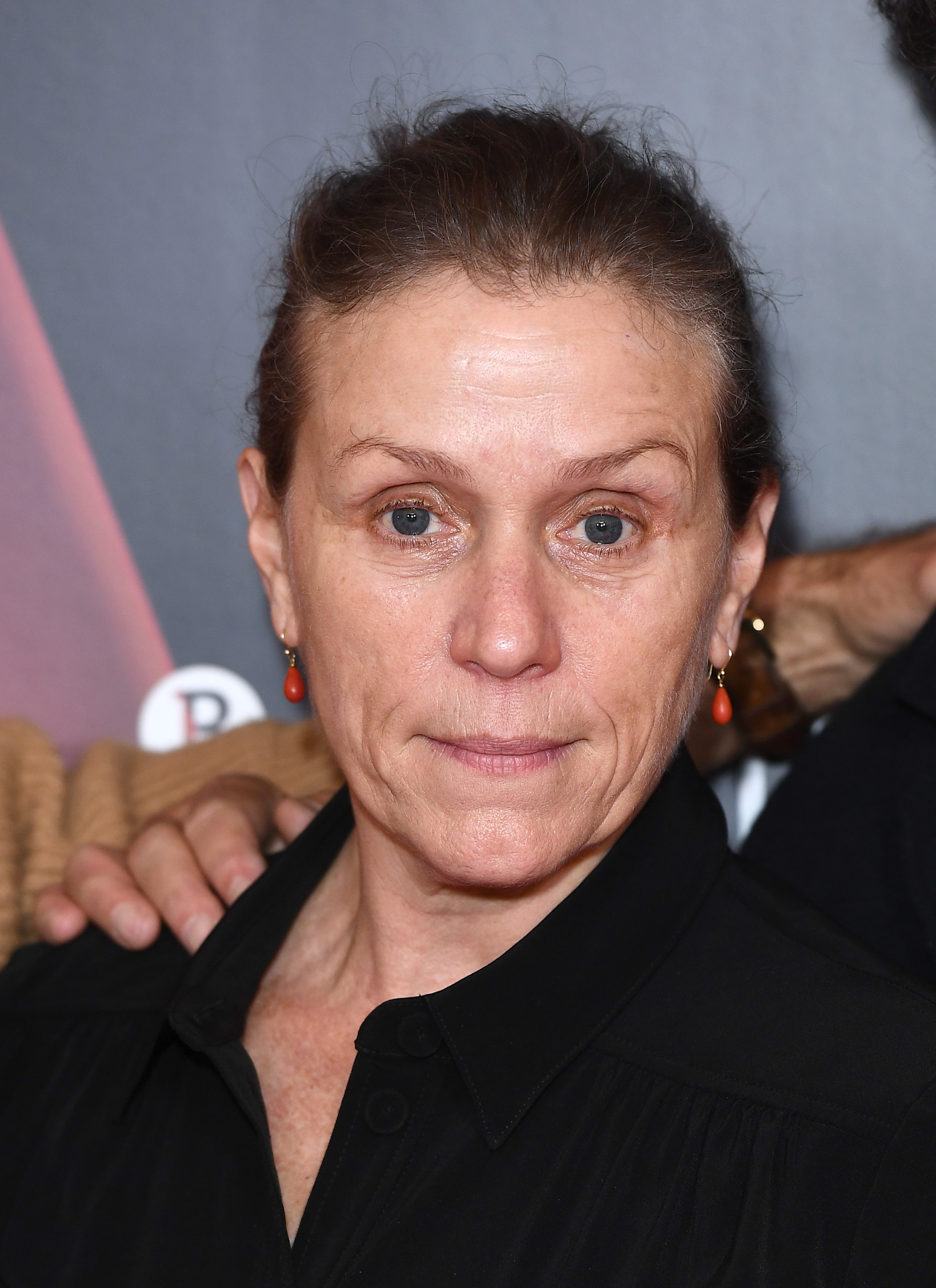
Frances McDormand at "The Tragedy of Macbeth" photocall during the 65th BFI London Film Festival at The Mayfair Hotel on October 17, 2021, in London, England. | Source: Getty Images
She added that she had worked hard to grow her hair back, only to find it made little difference in how she felt. But in the end, she acknowledged that visibility mattered.
Speaking to fellow veteran actors at the same event, she said that if older people tried too hard to look young, they would no longer be recognizable in moments when they were needed.
Elders, she believed, should be just as easy to identify and just as essential. "I want to be revered. I want to be an elder; I want to be an elderess," McDormand said. While she understood that aging could be a difficult process, the actress also knew that it was not because of biology alone, but because of the added burden of social expectations.
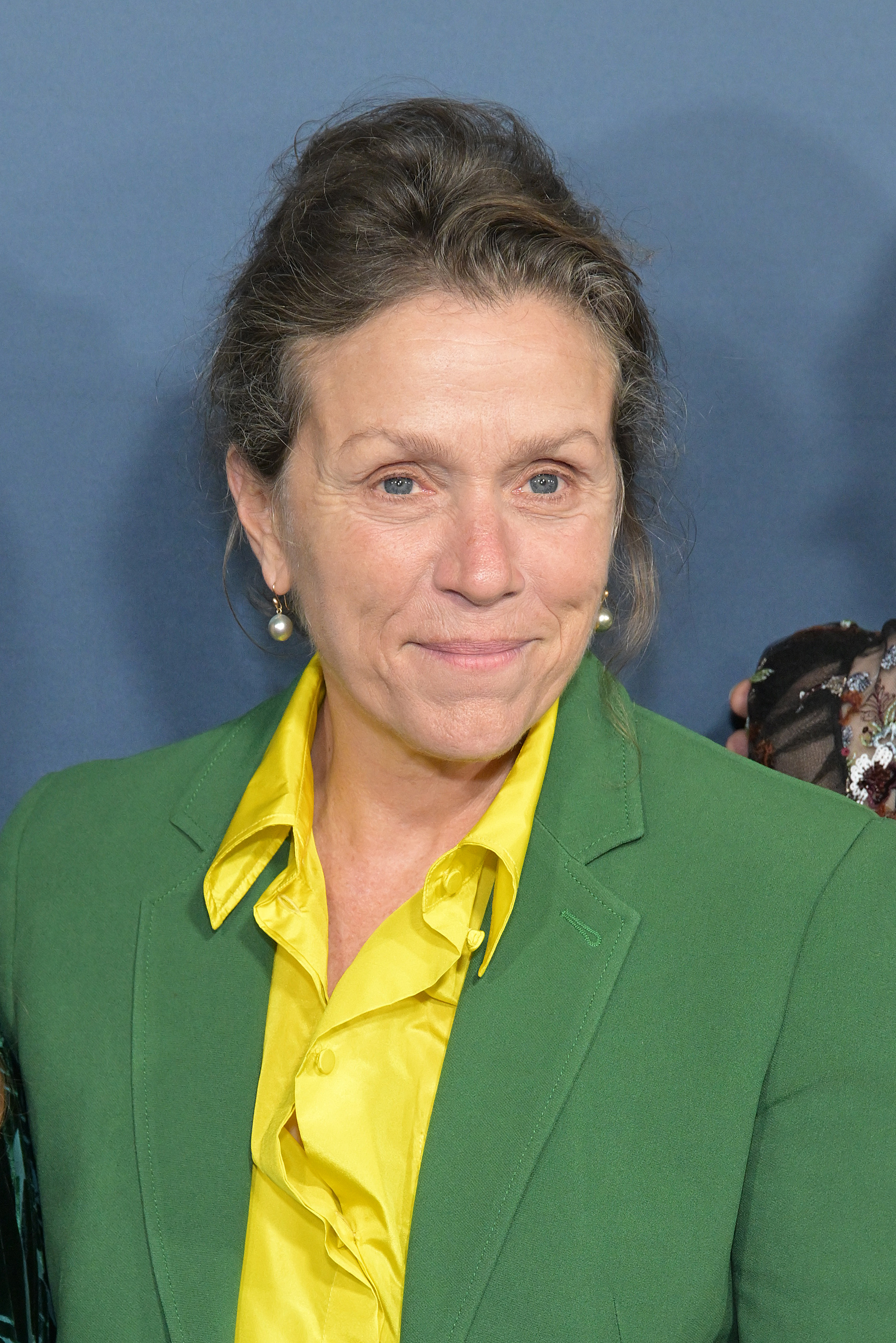
Frances McDormand at the Los Angeles premiere of "Women Talking" at the Samuel Goldwyn Theater on November 17, 2022, in Beverly Hills, California. | Source: Getty Images
And in her view, cosmetic enhancement only made the aging process even harder. "I don't believe that cosmetic enhancement makes it easier; I think it makes it harder. I think it makes it much more difficult to accept getting older," she remarked.
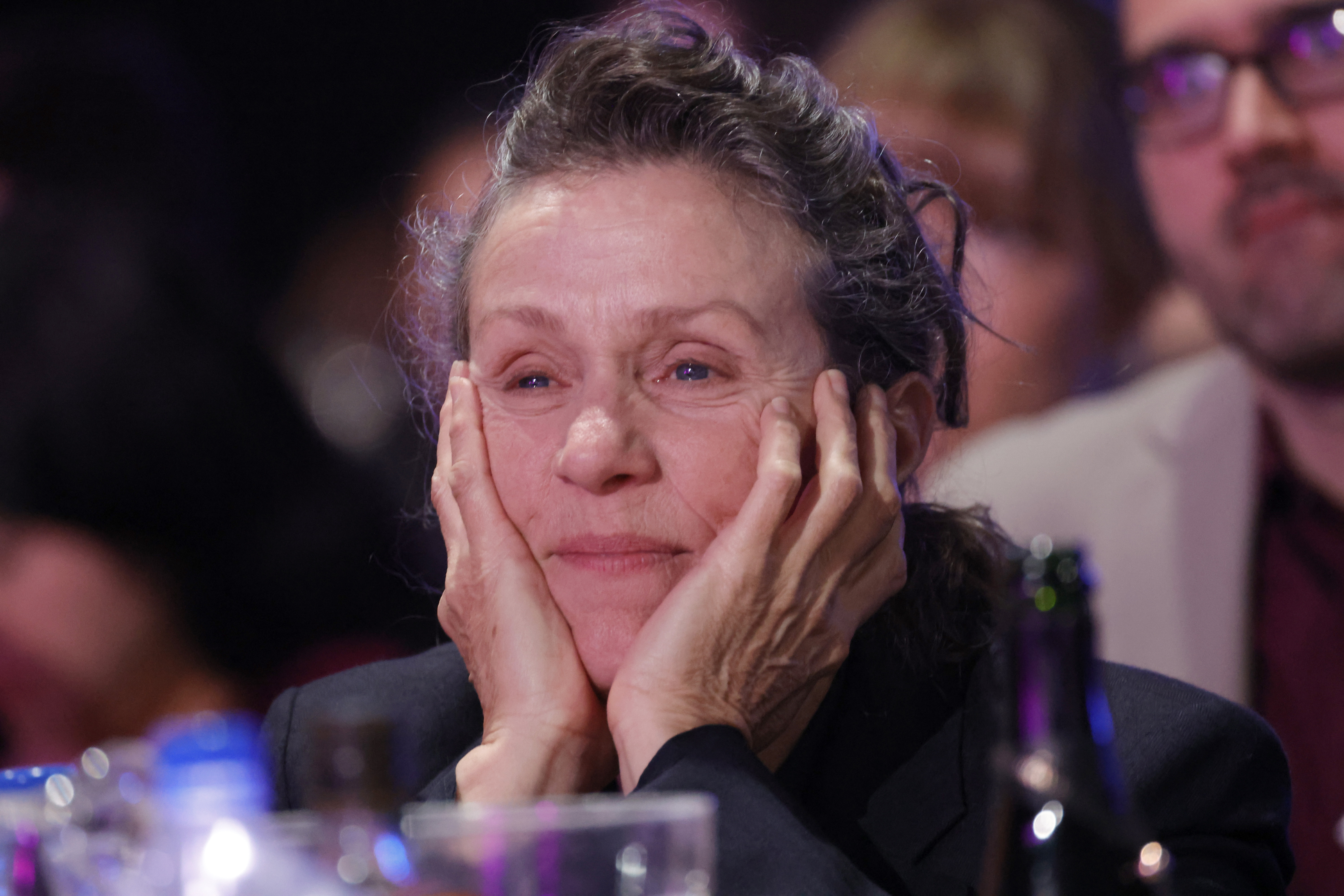
Frances McDormand at the 2023 Film Independent Spirit Awards on March 4 in Santa Monica, California. | Source: Getty Images
McDormand's appearance, shaped by that belief, has since drawn both admiration and criticism online. "She was a cutie," one person commented on a throwback photo of the Hollywood star.
Another netizen said, "Frances McDormand was a hottie." A third person added, "Frances McDormand is beautiful as she is." Others pointed to her skill and the impact she had on them personally. "Frances is my very favorite actress," read one comment. Another said, "This woman is so talented!"
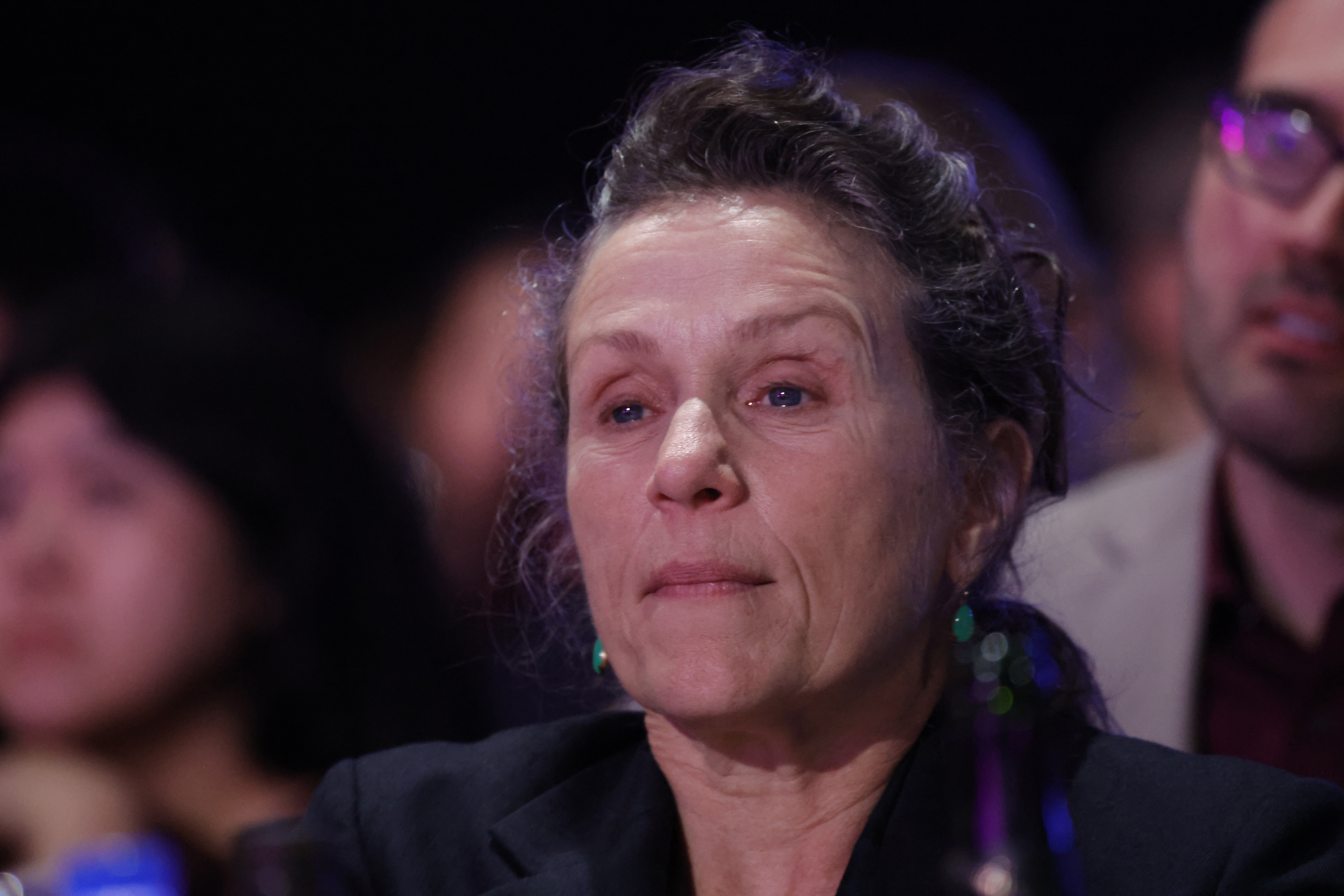
Frances McDormand at the 2023 Film Independent Spirit Awards on March 4 in Santa Monica, California. | Source: Getty Images
Other comments, however, were far less generous. "What happened to her?? Didn't even recognize her??" asked one person. Another was blunter, stating, "Put some makeup on." One netizen even questioned McDormand's condition altogether, writing, "Is she homeless?"
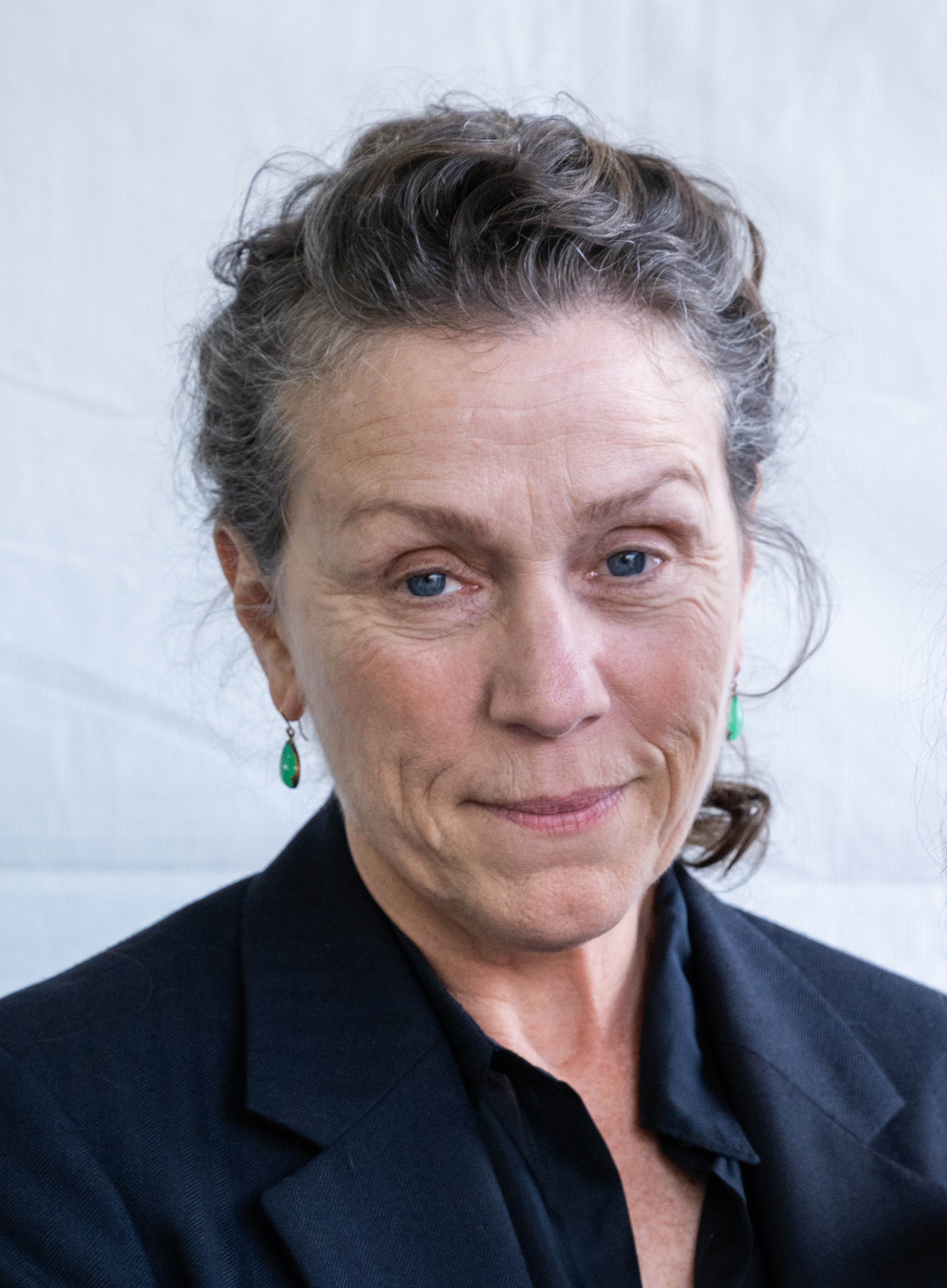
Frances McDormand at the 2023 Film Independent Spirit Awards on March 4 in Santa Monica, California. | Source: Getty Images
Despite mixed reactions from the public, by refusing to alter herself, McDormand did not adapt to the industry — she challenged it. She made the case, through both her choices and her presence, that age did not have to be concealed to be accepted.
For her, aging is not about reinvention. It's about continuity. And by staying visible, she reminded others that getting older could be something to stand for, not retreat from.
